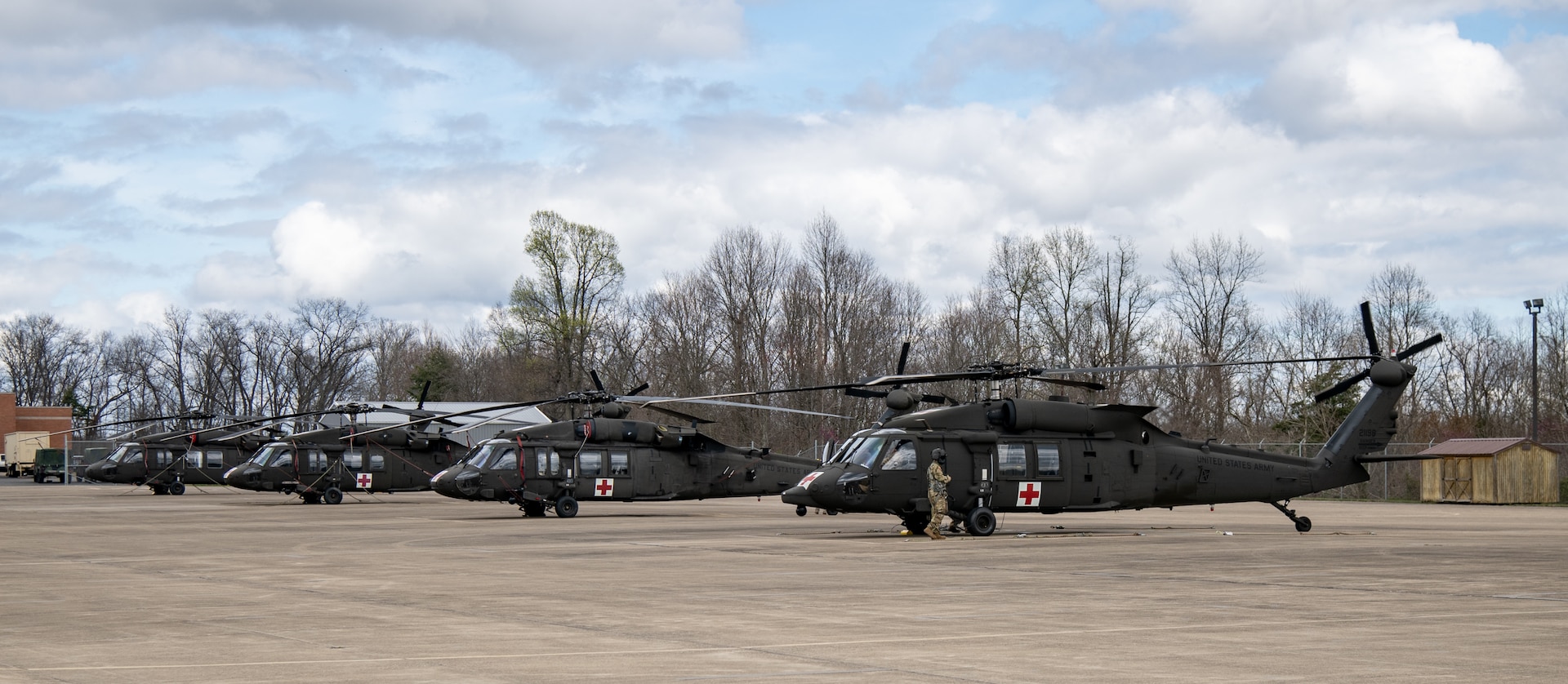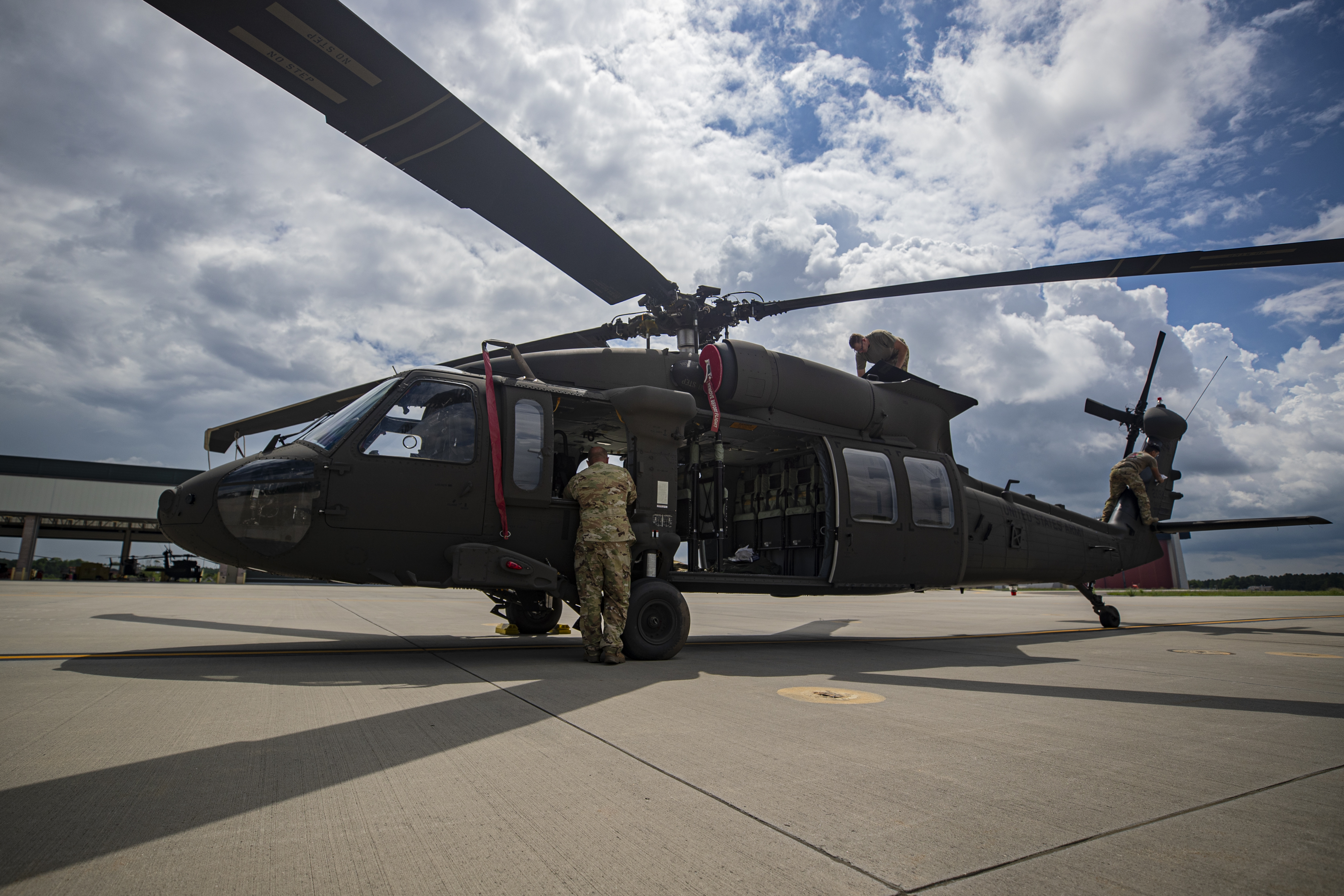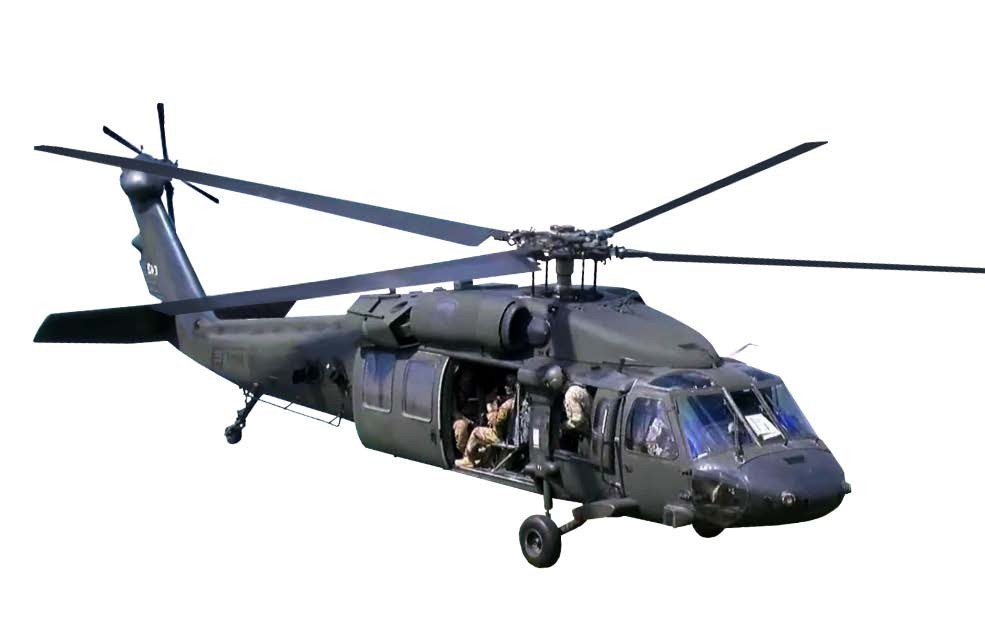Discovering the Ingenious Technology Behind Airplane Style and Design
The area of airplane design and engineering is witnessing a transformative shift driven by innovative modern technologies that enhance performance, sustainability, and effectiveness. Advanced products such as carbon fiber compounds and titanium alloys are establishing new standards, while wind resistant advancements and expert system are simplifying processes and enhancing results. As the industry faces the difficulties of environmental obligation, advancements in lasting aeronautics technologies promise to reshape the future. The ramifications of these improvements expand past performance metrics; they might redefine the actual nature of air traveling. What might this imply for the sector all at once?
Advanced Materials in Aircraft Design
Exactly how can the combination of innovative products change aircraft layout? The consolidation of sophisticated products, such as carbon fiber compounds, titanium alloys, and progressed porcelains, plays an essential function in improving aircraft performance and efficiency. These materials offer premium strength-to-weight proportions, allowing producers to minimize overall aircraft weight without compromising structural stability. This reduction in weight directly adds to enhanced gas performance and enhanced payload ability.
Additionally, advanced products display improved resistance to corrosion and fatigue, leading to lower maintenance prices and prolonged solution life. For example, making use of titanium in critical elements helps hold up against severe temperatures and anxieties, while carbon fiber compounds offer adaptability in layout and manufacturing procedures. This flexibility permits more wind resistant forms, adding to remarkable performance features.
Additionally, the integration of clever products, which can transform properties in response to outside stimulations, opens up brand-new avenues for adaptive systems in aircraft layout. uh 60. These innovations assure not just to improve security and functional efficiency however also to contribute to sustainability efforts by minimizing environmental influence through reduced emissions. In recap, progressed materials are redefining the landscape of aircraft style, leading the way for much more efficient, sturdy, and eco-friendly air travel remedies
Wind Resistant Innovations for Effectiveness
Aerodynamic developments play a crucial role in improving airplane effectiveness, dramatically influencing fuel consumption and total efficiency. Developments in airfoil style, such as the introduction of supercritical wings, permit enhanced lift-to-drag ratios, lowering drag at transonic rates. These technologies enable airplane to keep greater speeds with reduced gas expense, directly affecting functional prices and environmental sustainability.
Additionally, the assimilation of winglets has verified efficient in minimizing vortex-induced drag at the suggestions of wings, even more improving fuel effectiveness - uh 60. This style adjustment results in a decrease in wake turbulence, adding to improved aerodynamic efficiency during cruise problems

Furthermore, computational fluid characteristics (CFD) devices have actually changed the screening and refinement of aerodynamic shapes, permitting specific simulations of airflow around airplane (uh 60). This makes it possible for engineers to innovate visit this web-site continuously, making certain that modern-day airplane not just satisfy governing criteria however also press the borders of efficiency in aeronautics

Role of Computer Simulations
Computer simulations have actually come to be a crucial device in the area of airplane design, enabling engineers to perform comprehensive analyses and optimizations of different design elements. These simulations permit the online screening of wind resistant properties, architectural stability, and performance metrics long prior to physical prototypes are built. By employing computational fluid dynamics (CFD) and limited component evaluation (FEA), designers can predict how air streams around the airplane and exactly how various products will certainly reply to anxiety and strain.
Moreover, computer simulations help with the exploration of a variety of variables and scenarios, increasing the style procedure and lowering costs connected with physical testing. This capacity not just improves the precision of forecasts concerning airplane actions however also provides insights right into prospective layout improvements that could not be quickly apparent via conventional methods.

In addition, simulations aid make sure conformity with rigid security laws by enabling designers to recognize and remedy potential concerns early in the layout stage. The assimilation of simulation technologies into the airplane layout procedure emphasizes the considerable advancements in engineering techniques, eventually contributing to the development of safer, much more effective, and eco-friendly aircraft.
Artificial Knowledge in Engineering
Expert system (AI) is transforming the design landscape, especially in aircraft style, by enhancing decision-making procedures and enhancing layout operations. Via artificial intelligence formulas, AI can analyze large datasets, revealing patterns and understandings that educate layout options and boost general effectiveness.
AI applications in aircraft style include generative layout, where algorithms produce multiple style choices based upon defined parameters, enabling engineers to examine a broader array of opportunities. This not just increases the style stage however also guarantees that the final items satisfy strict efficiency and security criteria.
Additionally, AI-driven predictive analytics help with maintenance organizing by assessing historic information and predicting possible failures. This aggressive approach minimizes downtime and improves airplane integrity.
Furthermore, AI help in simulation and visit modeling, allowing engineers to test layouts under different problems without the demand for physical prototypes. This capacity reduces growth timelines and reduces expenses related to traditional testing approaches.
Lasting Aviation Technologies
The response exists in the fostering of lasting air travel innovations that focus on effectiveness and lower carbon exhausts. Technologies such as lasting aeronautics gas (SAFs), which are acquired from renewable resources, have emerged as an important part in achieving reduced lifecycle emissions.
Furthermore, innovations in next aircraft style, such as the development of lighter materials and more aerodynamically reliable shapes, add to enhanced gas performance. Electric and hybrid propulsion systems are additionally acquiring grip, using a pathway to decrease dependence on fossil gas and lessen greenhouse gas exhausts.
The combination of these innovations is supported by regulative structures and market partnerships targeted at setting ambitious sustainability targets. Additionally, electronic tools like data analytics and expert system can optimize flight procedures, further enhancing gas efficiency. By accepting lasting practices and innovations, the air travel market can not just satisfy the expanding demand for air travel but also play an essential function in dealing with environment modification, guaranteeing a much more sustainable future for air transport.
Conclusion
The merging of advanced products, aerodynamic innovations, and sophisticated modern technologies notes a significant advancement in airplane style and design. The assimilation of carbon fiber compounds, titanium alloys, and AI-driven processes not just boosts efficiency and efficiency yet additionally improves process and anticipating upkeep. In addition, the recurring development of sustainable air travel modern technologies emphasizes a dedication to ecological responsibility, paving the method for a greener future in aeronautics. This continuous innovation will certainly shape the industry's trajectory for several years ahead.

Computer system simulations have actually become an essential device in the field of airplane style, allowing engineers to perform detailed analyses and optimizations of different design elements.The merging of innovative products, aerodynamic advancements, and advanced innovations notes a significant development in aircraft style and design.